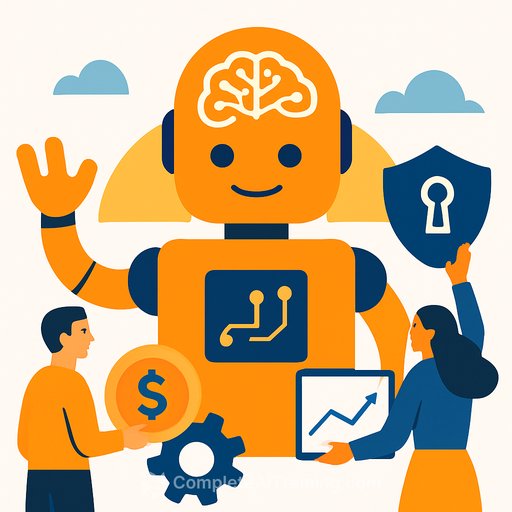DeepSeek model signals shift in AI development trends: study
DeepSeek, an open-source AI model family from China, merges algorithmic and engineering advances to deliver strong performance, lower operating costs, and improved reasoning capabilities. This combination could influence the global AI landscape by providing a more accessible alternative to existing proprietary systems.
Why This Matters
Most leading AI language models, like OpenAI’s ChatGPT, are closed-source and expensive to develop or operate. This restricts access for many developers and researchers. Open-source models often lag behind in reasoning ability or demand extensive computing power. DeepSeek addresses these issues by offering competitive reasoning, open access, and reduced resource requirements.
The Core Idea
DeepSeek incorporates several innovations to cut computing needs while keeping performance high:
- Multi-head Latent Attention (MLA): Reduces memory use during reasoning without sacrificing output quality.
- Mixture-of-Experts (MoE): Activates only the relevant model parts per task, lowering compute demands.
- Multi-Token Prediction (MTP): Predicts multiple tokens simultaneously, speeding up training and inference.
- Group Relative Policy Optimization (GRPO): Focuses training rewards on the best responses from a set, stabilizing learning.
Together with efficient memory and training strategies, these techniques allow large-scale models to run and train on less powerful hardware.
Noteworthy Results
- Performance on par with top proprietary models: DeepSeek-V3 (671B parameters) matches OpenAI’s o1 model in reasoning and general benchmarks.
- Significant cost reduction: MoE and MLA lower active parameters and memory use, cutting training and inference costs by up to 60% compared to standard dense models.
- Rapid adoption: A chatbot based on DeepSeek-R1 surpassed ChatGPT in US iOS App Store downloads within a week, showing strong user interest.
Potential Applications
- Affordable, customizable AI assistants for individuals and businesses, especially in languages or domains less served by current models.
- Advanced reasoning agents suitable for programming, scientific research, and mathematical tasks, supporting education and R&D.
- Smaller versions enable deployment in edge or local environments, facilitating offline or low-latency AI applications.
Limitations & Considerations
Despite its efficiencies, DeepSeek still faces challenges with extended reasoning tasks and high memory demands. Ensuring safe, aligned outputs from open-source models remains an important consideration as these systems grow more capable.
For those interested in exploring AI model development or deployment further, training resources are available at Complete AI Training.
Source: East China University of Science and Technology, Tongji University, Fudan University, Beihang University, Zhejiang University, Swinburne University of Technology | Full Paper: http://arxiv.org/abs/2507.09955v1
Your membership also unlocks:






